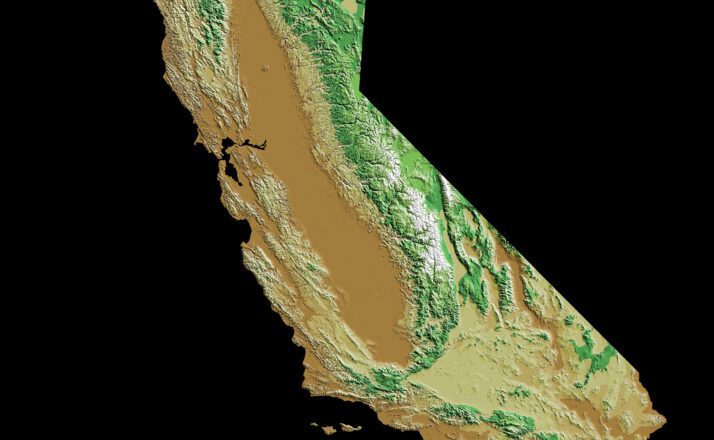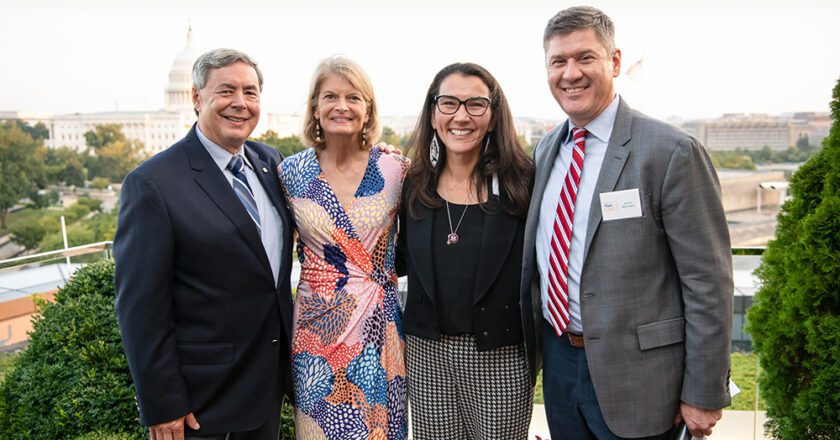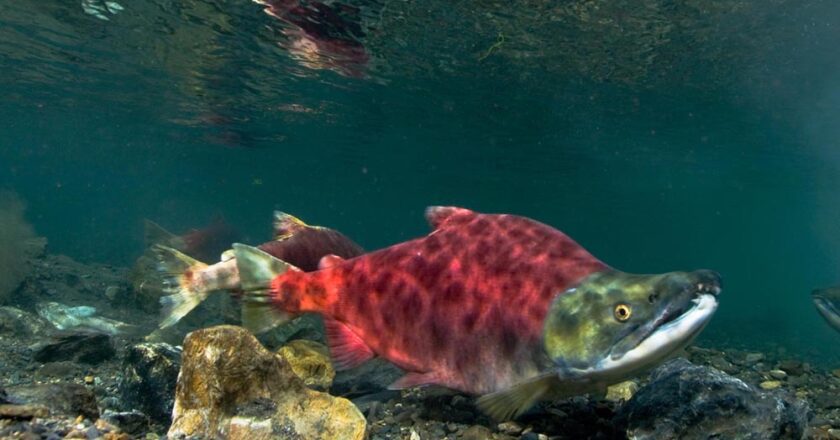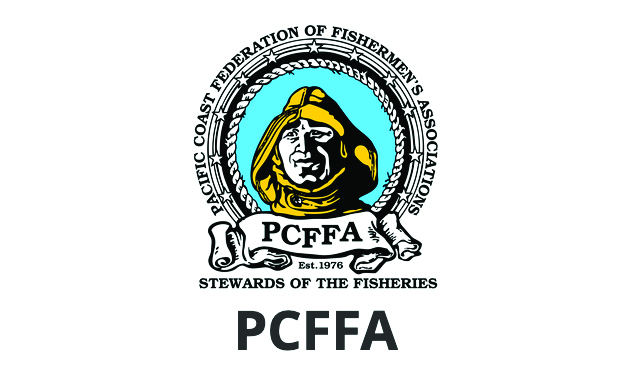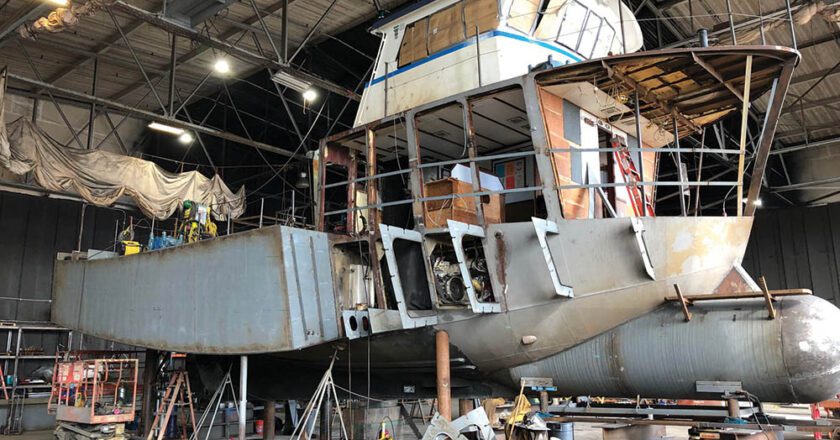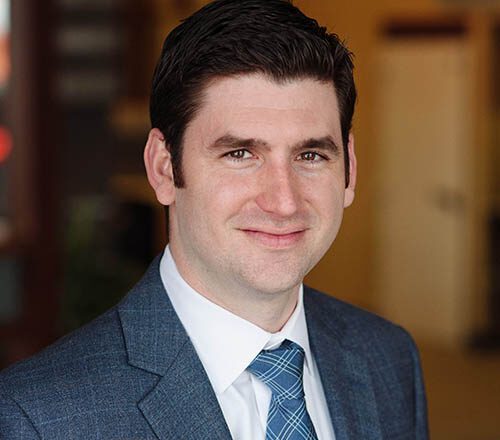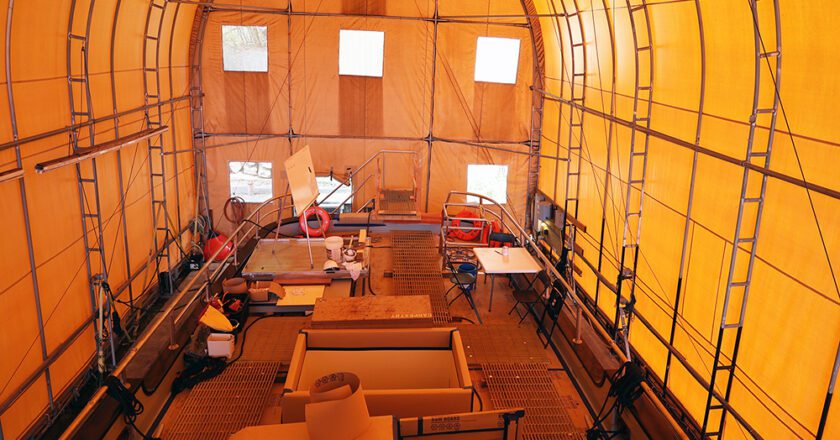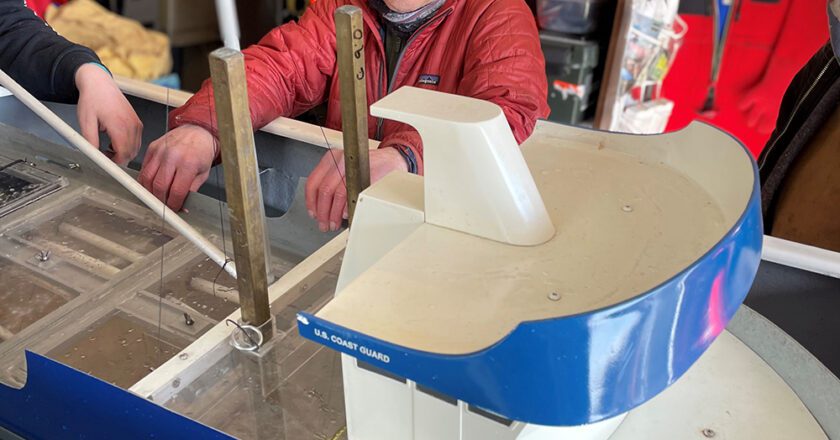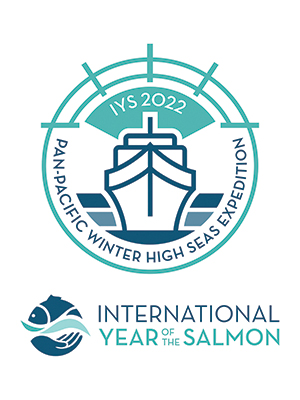California Worker Classification
Some important news for professional fishermen and women in California occurred in September: the state’s governor signed a bill that provides anglers a two-year exemption from the state’s so-called ABC test, which is used to determine whether workers are employees or independent contractors.
Under the ABC test, a person being paid to provide labor or services is considered an employee rather than an independent contractor unless the hiring entity can prove that the person is an independent contractor. A worker is considered an employee and not an independent contractor unless the employer satisfies all three of the following conditions:
The worker is free from the control and direction of the hiring entity in connection with the performance of the work, both under the contract for...

